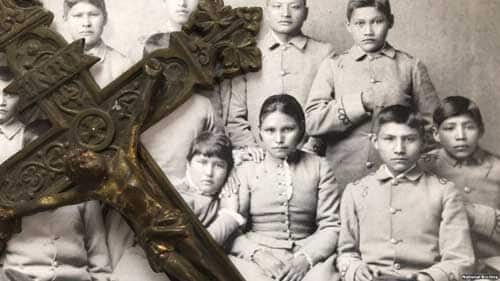
Washington. Above, Billy loads dog salmon on the Nisqually River. Image-Northwest Indian Fisheries Commission
Chapter Nine of “Where the Salmon Run” written by Trova Heffernan and sponsored by Washington Secretary of State Sam Reed.
Chapter Nine | The Shelf Life of Treaties
The battle over Indian fishing rights appeared interminable in 1973, an assembly line of expensive court cases that had cycled through the American justice system for decades. The state sued Indians. Indians sued the state. A lot of Native fishermen went to jail. The United States Supreme Court had first taken up treaty fishing rights nearly seventy years earlier, in 1905, before most Indians were American citizens. Theodore Roosevelt sat in the White House then, and Albert Einstein had proposed the theory of relativity.
In 1973, treaties brought the U.S., Indian tribes, and the state of Washington back to court, yet again. The judge would decide what Indian ancestors understood when they ceded land to the nation in the 1850s.
U.S. v. Washington brought immediate and long-term ramifications. Washington Indian tribes had everything to lose, and everything to gain. A tribal victory would peacefully return an Indian to the river and put salmon back on the table. Native Americans could practice their heritage. A tribal loss would threaten livelihoods and eventually customs. To Billy, no court damages awarded to the tribes could make up for the loss of the salmon. While no one would catch the last fish in Billy’s lifetime, he worried about future generations, when a great-great-great-grandchild learned how tribal fishermen had fought for a species of salmon gone extinct.
The state concluded it was carrying out the laws, and spent more time arresting Indian fishermen and managing court documents than protecting fish. Arguing that Indians should share the same offreservation rights, privileges, and restrictions as their fellow citizens, Washington maintained controls were necessary to preserve the Pacific salmon for the future.
As attorney Stan Pitkin put it, tribal fishermen were in dire need of a “case to end all cases.” On the face of it, U.S. v. Washington was that case. In February 1971, Stuart Pierson, an assistant U.S. attorney, arrived in Washington to take the case: “Bob Satiacum had done his thing and continued to do his thing. A lot of people were getting shot at and Stan Pitkin [U.S. attorney] said, ‘We need to do something to stop this.’”
“The Nisquallys didn’t have to go in and say this is Nisqually Tribe against Washington,” points out Charles Wilkinson, an attorney and scholar of Indian law. “This is the goddamn United States of America.”
Concerned about a lack of communication between the tribes and their counsel, however, the Survival of the American Indian Association sent a letter to the U.S. attorney general arguing that the federal government could not adequately “represent the rights and legitimate interests of the affected tribes.” Instead of establishing special regulations for tribes in “usual and accustomed places,” Survival contested, the state should be prohibited from regulating them at all. Hank Adams raised concerns that federal lawyers were marching ahead in their representation without meeting face-to-face with Indian tribes: “If this lawsuit proceeds with the United States adhering to the positions that it presently maintains, unwarranted and grievous injury shall be done to these valuable treaty rights.”
The judge signed the pre-trial order, and “the case to end all cases” moved forward after all.
The judge had neither Indian blood nor a deep background in Indian law. The presiding judge in U.S. v. Washington was George Hugo Boldt, a Caucasian notable for spectacles with thick dark frames, a bow tie, and a distinguished, judge-like face. Boldt was an Eisenhower appointee to the bench. Earlier in his career, as deputy attorney general, he had represented the state when the Tacoma Narrows Bridge collapsed and tumbled into Puget Sound on November 7, 1940. As a federal judge, he put away imposing figures like tax evaders Mickey Cohen and Dave Beck. It was Boldt who tried the case of the infamous “Seattle Seven” in November 1970. When the defendants, charged with conspiring to damage a federal courthouse, caused a scene and stormed out of Boldt’s courtroom, the judge declared a mistrial and held them in contempt of court. Boldt refused to grant bail.







